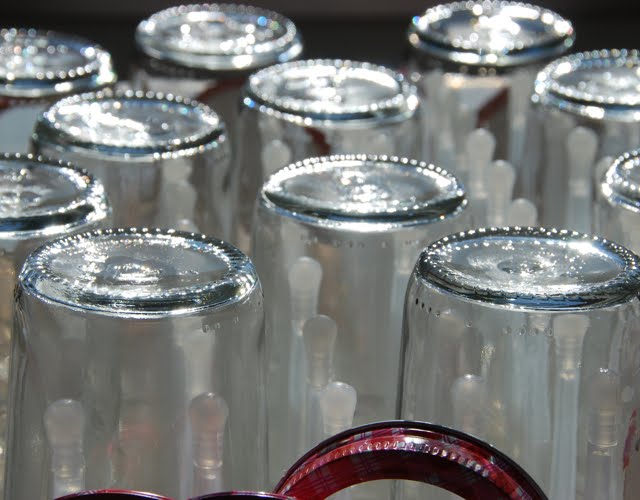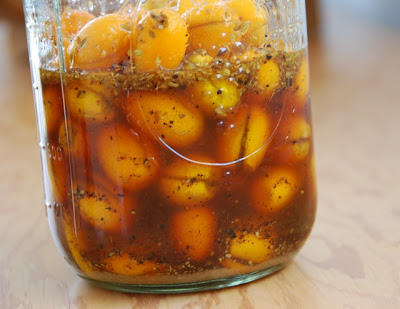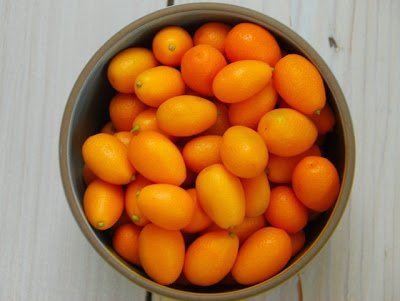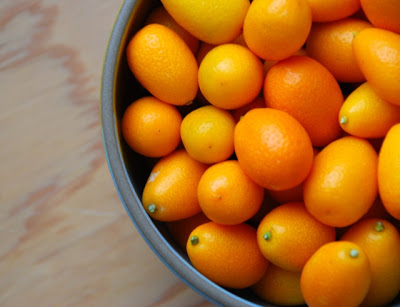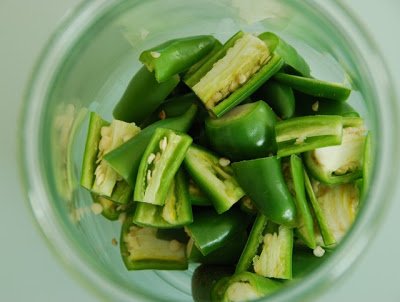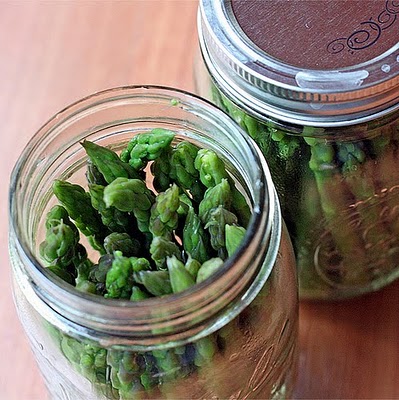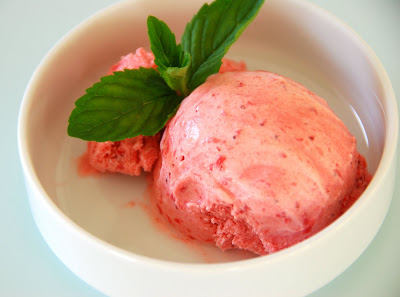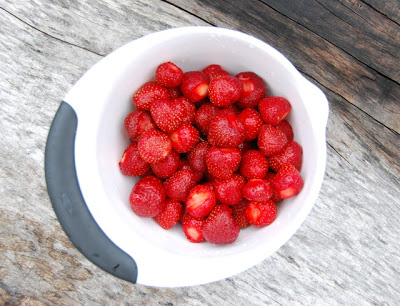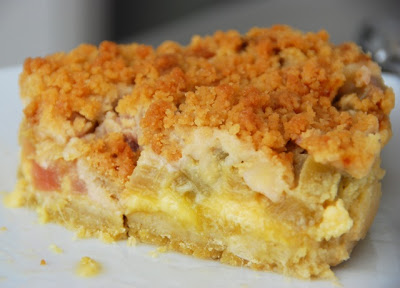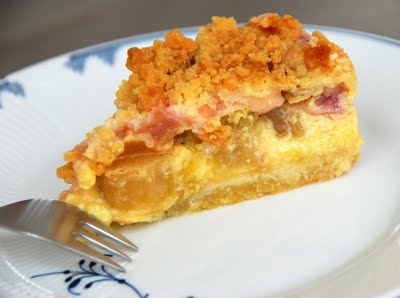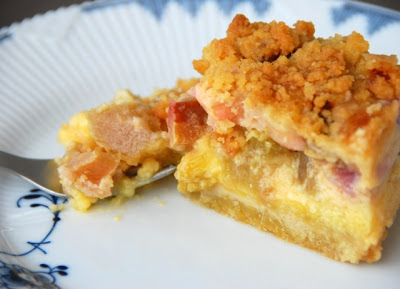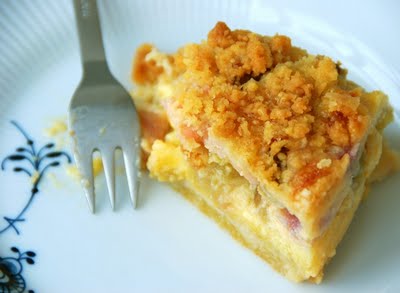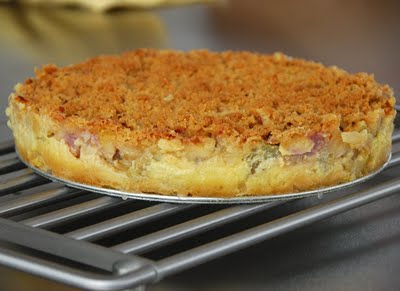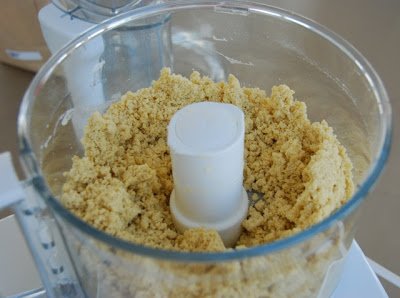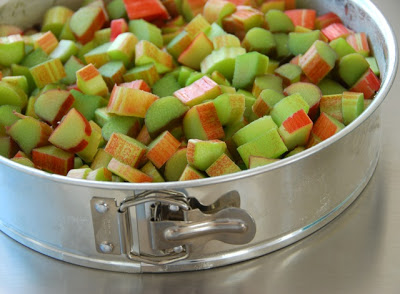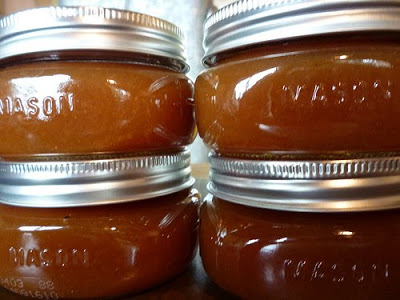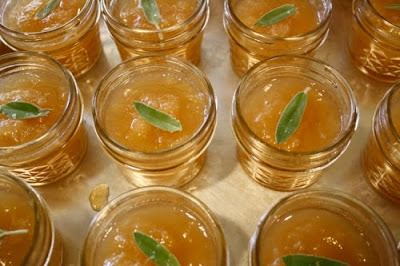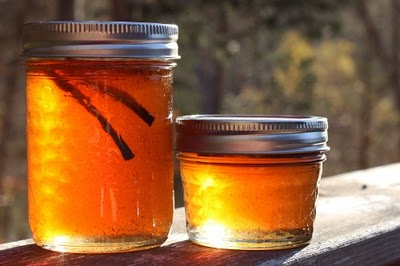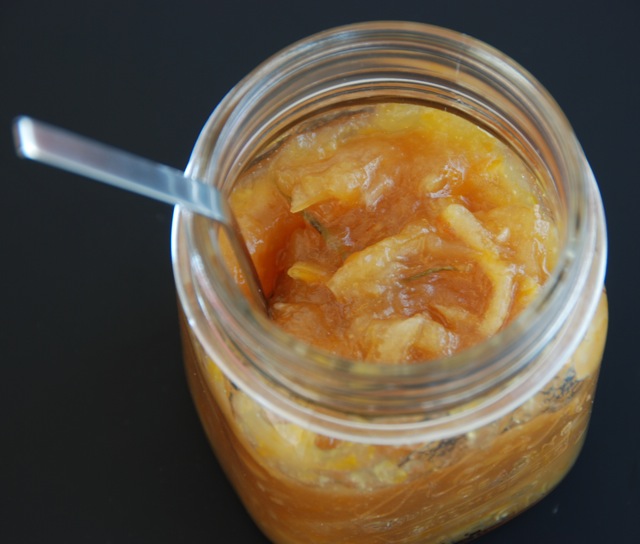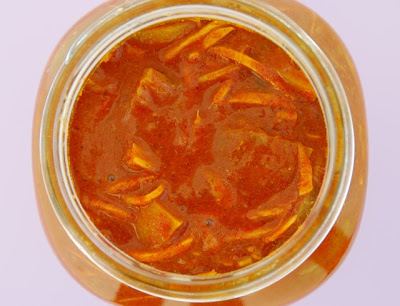I’ve been so excited about my holiday list of my fave preserving and DIY books of 2011 that I decided to have a big ole’ cyber party on Facebook and give ’em all away!
It’s true!
I have so much to say: about the party, about the books, about how-we-gonna-have-one-of-those-holiday-cookie-parties in cyberspace?
Let me start with the books – the books that would totally be on my holiday wish list (and should be on yours!) if I didn’t already have every last one. I love these books!
Can it, Bottle it, Smoke it
by Karen Solomon is chock full of beautiful photos and clear instruction on things like plum catsup, carrot almond jam and pickled grapes. But the best part of Karen’s book is that she goes even further afield in her DIY kitchen. There’s a ‘stalk it’ section with tortilla chips, a ‘smoke it’ section with chipotle peppers in adobe sauce, and ‘munch it’ with crunchy lentil snacks. Need I say more?
The Hip Girl’s Guide to Homemaking
Kate Payne and I go way back. I’ve been following her blog since it’s inception, and we even picked strawberries together once. Even if those facts weren’t true, I would still say that Kate has written a gem of a book. There isn’t a thing about homemaking left uncovered; hip décor on a budget, composting, environmentally friendly cleaning products, entertaining with style (while on a budget) canning, bread-baking, button-mending. She’s got the Martha gene, but cooler, much cooler. Even pilgrim me, whose had my house for quite some time now, learned a thing or ten from Kate. This book should be on your holiday gift list for anyone learning how to build a (hip) home.
Canning for a New Generation
by Lianne Krissoff has been out since 2010. I’ll be perfectly honest, it got lost in the shuffle of a gazillion preserving books that launched in 2010. But now that I finally have it in my paws, I can tell you it is definitely a cut above the rest. It delivers exactly what it promises; bold fresh flavors for the modern pantry. And, you gotta love a book that ends with a chapter entitled ‘Baked and Creamy Things to put Preserves on’.
The Urban Farm Handbook
by Annette Cottrell and Joshua Mchnichols is more than just a resource for city folk who want to take control of what they eat, it’s an inspiration. I’ve been following Annette’s blog since she began her journey in 2009 and all is can say is, wow! She did it – in the city! Yes, you can grow your own food – and a lot of it – on a little plot of city land. If you’re serious about getting closer to your food source, buy this book. But please, don’t take my word for it, you can view the first 50 pages on the urban farm handbook website.
We Sure Can!
by Sarah Hood is a fun book loaded with great canning recipes. What’s different about Sarah’s book is the spotlight she puts on the online canning and preserving community. Which, in case you haven’t noticed, has exploded in the last three years. You’ll find a short interview with yours truly and a couple of my recipes too. I’m not the only one – many of your fave canning and preserving bloggers are featured here.
Tart and Sweet
by Kelly Geary and Jessie Knadler hasn’t left my kitchen since I received a copy last spring. Like I said in April, out of the 101 recipes, there’s like 99 that I want to try. It’s been a joy to dig into this book and play with the modern flavors presented by these two talented preservers. And with a winter chapter that contains things like grapefruit honey jam and candied kumquats with cinnamon and star anise, this book is not leaving my kitchen anytime soon.
Homemade Living Series
Yes, I’m giving away Ashley English’s entire series to one lucky winner! Another one of my blogging buddies, I’ve been diggin’ Ashley’s blog since the beginning. This is a set of gorgeous hardback books – a great gift for anyone interested in small-scale homesteading. All four of the books are so well done; canning and preserving covers the classic recipes every beginner wants, and then offers up things like rhubarb and amaretto chutney. The home dairy book is one of the absolute best on the market – and has replaced my old stand-by. If you are thinking of dabbling in dairy, you want this book. While I don’t have my own just yet, keeping bees, and keeping chickens has me longing for that day. And I know I’ll be prepared, ’cause I’ve been pining over these books.
